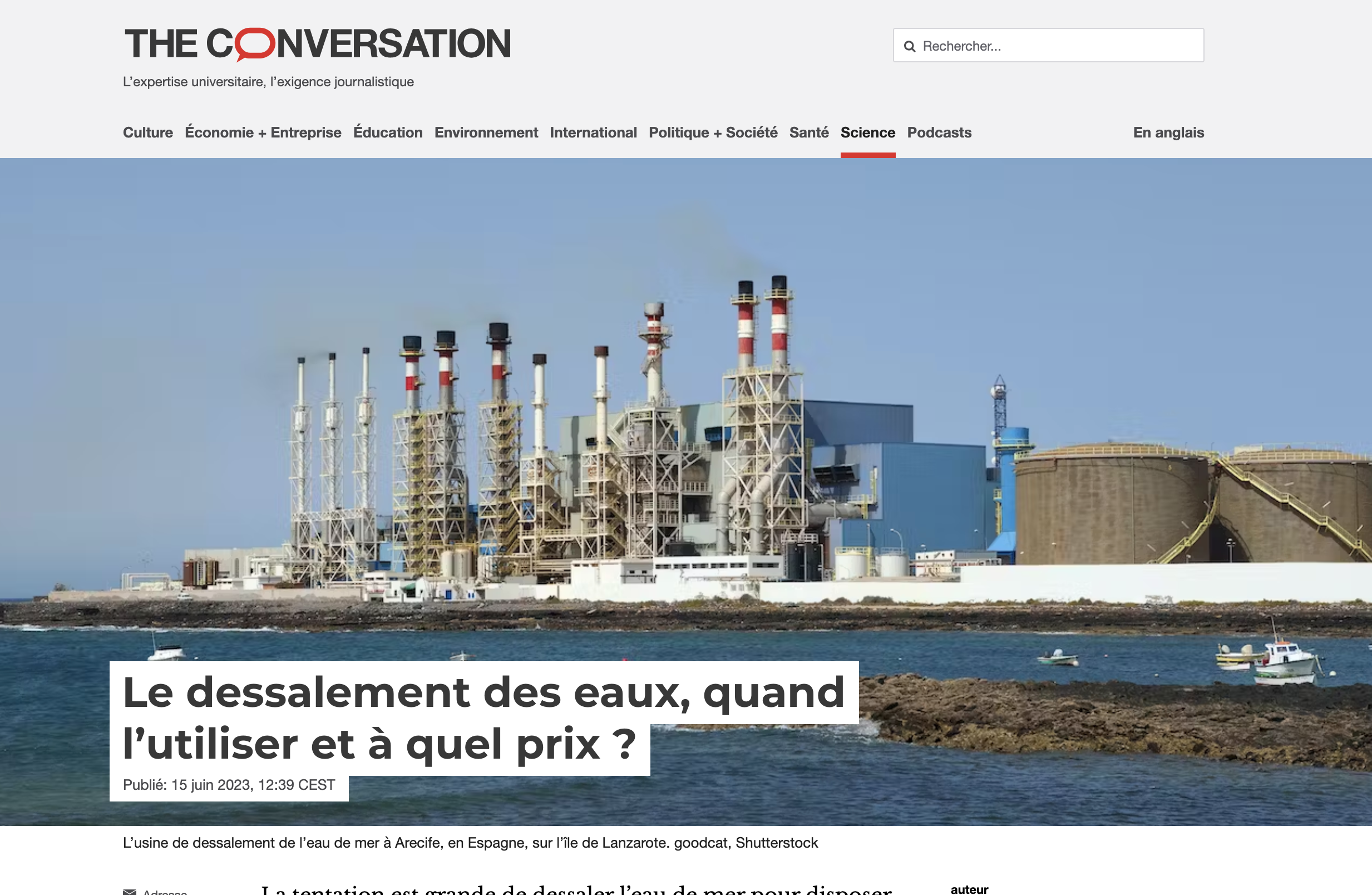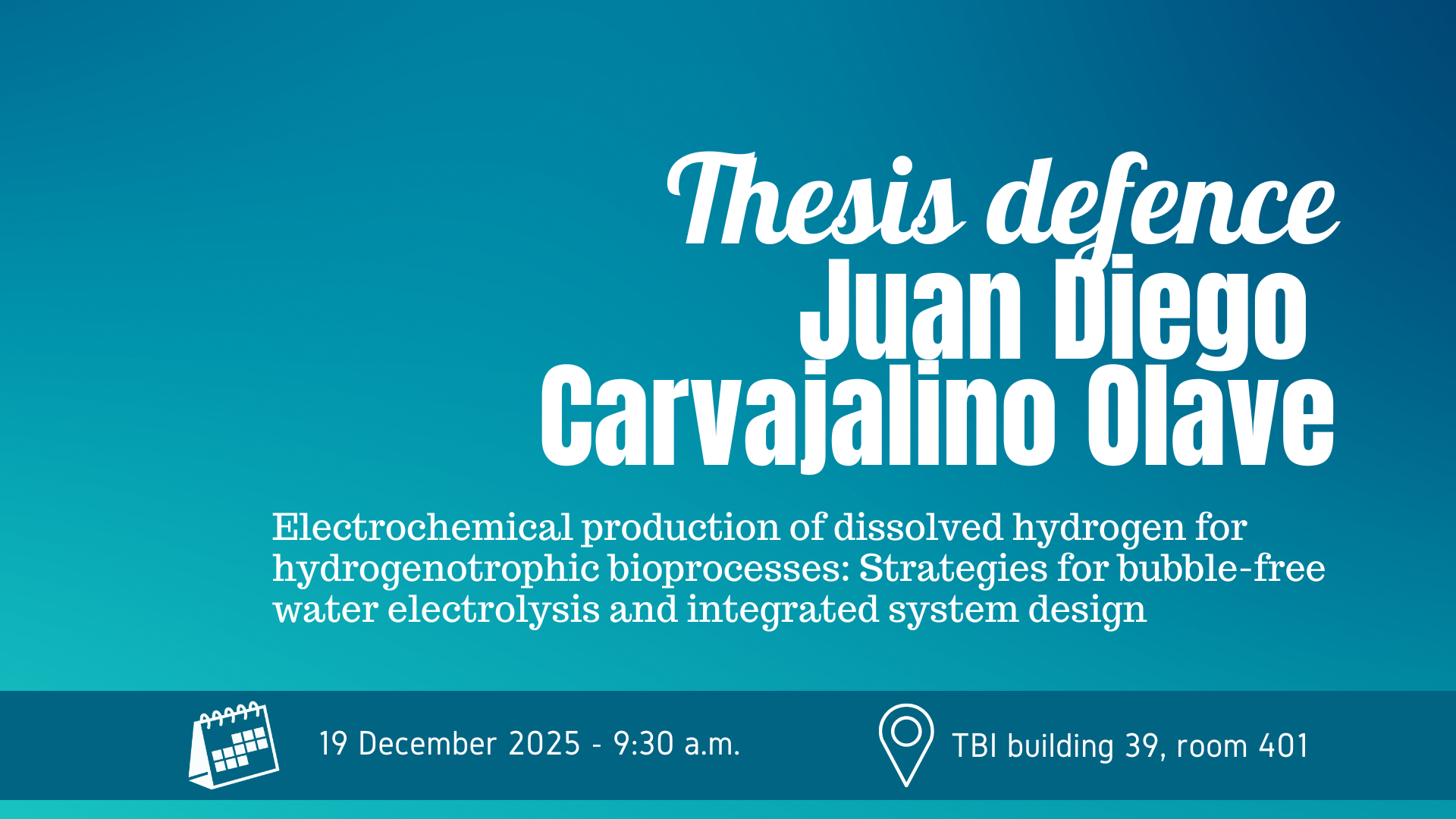The temptation is great to desalinate seawater in order to obtain freshwater that can be used for human activities, particularly drinking. Indeed, saline waters are abundant and accessible: they cover 75% of the planet, represent over 97% of the volume of water on Earth, and 11% of the world's population lives within 10 kilometers of a saline water source.
Desalination technologies have been available and used for some fifty years in regions suffering from water stress. They may sometimes be indispensable as the only solution for access to drinking water for populations, but sometimes their use is more questionable.
Today, against a backdrop of both water stress and energy and environmental transition, the question arises as to what role desalination should play. When fresh groundwater or surface water is available - which is still largely the case in France - it is preferable in energy, economic and environmental terms to use it for drinking water treatment. On the other hand, when the only available water resource is seawater, desalination enables access to drinking water for all.
Read more on The Conversation France website, written by Corinne CABASSUD and published on June 15, 2023






